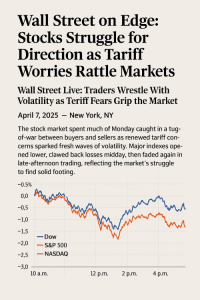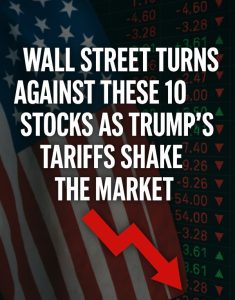Refinery Catalyst Market Overview 2023-2027: A Comprehensive Analysis

stock market
In the bustling world of energy, the refining industry plays a pivotal role in transforming crude oil into valuable products, such as gasoline, diesel, and petrochemicals. Catalysts, the unsung heroes of this intricate process, act as accelerators, enabling chemical reactions to occur more efficiently and effectively. The refinery catalyst market, valued at approximately $5.63 billion in 2022, is poised for significant growth, with a projected market size of $5.93 billion in 2023. This upward trajectory is fueled by several key drivers and trends that are shaping the industry landscape.
Driving Forces Behind the Refinery Catalyst Market
The demand for cleaner fuels, a direct consequence of stricter environmental regulations, is propelling the growth of the refinery catalyst market. Catalysts play a crucial role in reducing sulfur emissions and other harmful pollutants, ensuring that refined products meet stringent environmental standards.
Another key driver is the burgeoning demand for transportation fuels, particularly in emerging economies. As populations grow and urbanization accelerates, the need for energy-efficient vehicles and reliable transportation infrastructure intensifies. This, in turn, drives the demand for refinery catalysts, as they are essential for producing high-quality transportation fuels.
The ongoing evolution of refining technologies is also a significant growth factor. As refineries strive to enhance operational efficiency and maximize product yields, they are increasingly adopting advanced catalysts that offer superior performance and longer lifespans. This technological advancement is driving innovation and competition within the refinery catalyst market.
Key Trends Shaping the Future of Refinery Catalysts
The increasing demand for petrochemical derivatives, which serve as crucial components in various industries, is further fueling the market’s growth. Refinery catalysts play a pivotal role in the production of these derivatives, including plastics, synthetic fibers, and pharmaceuticals.
The expansion of refining capacities in emerging economies is also creating a substantial demand for refinery catalysts. As these regions experience rapid industrial growth, they are investing in new refineries and upgrading existing facilities, leading to a surge in demand for catalysts.
Navigating the Evolving Landscape of Refinery Catalysts
The refinery catalyst market is a dynamic and competitive landscape, with a diverse range of players vying for market share. Leading companies are investing heavily in research and development to create innovative catalysts that meet the evolving needs of the industry.
Strategic alliances and partnerships are also becoming increasingly prevalent, as companies collaborate to share expertise and expand their market reach. This collaborative approach is fostering innovation and driving the development of new and improved catalysts.
The refinery catalyst market is poised for continued expansion in the coming years, driven by the increasing demand for cleaner fuels, transportation fuels, and petrochemical derivatives. Technological advancements, coupled with the expansion of refining capacities in emerging economies, will further propel market growth. Companies that can adapt to these evolving trends and deliver innovative catalysts will be well-positioned to capture a significant share of this growing market.






